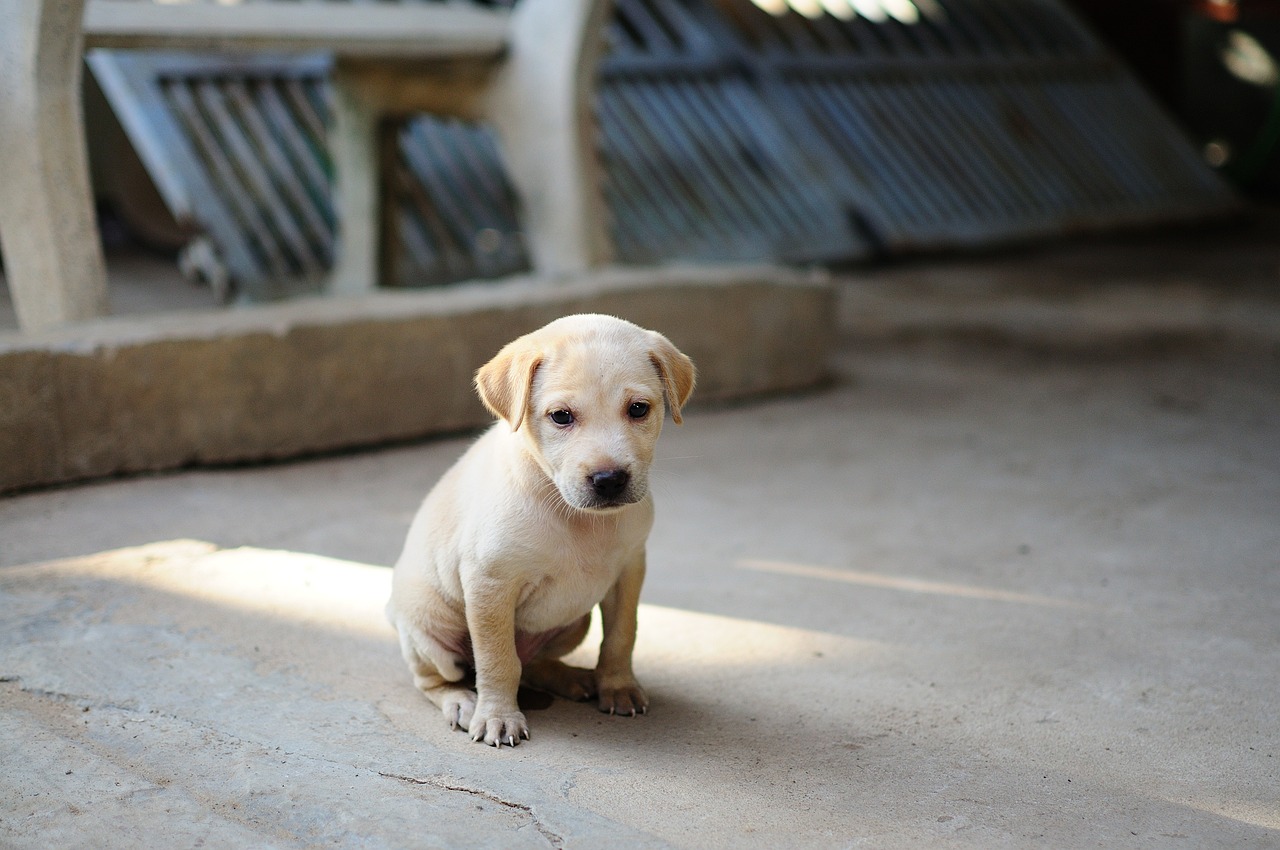Introduction
Bringing a new puppy into your home is an exciting and joyful experience. However, it’s important to establish a strong foundation of training from an early age. Proper puppy training sets the stage for a well-behaved and happy dog in the future. In this post, we will provide you with valuable advice on how to train your puppy effectively.
- Start Early
Puppy training should begin as soon as you bring your new furry friend home. Puppies have a critical socialization period between 3 and 14 weeks of age, during which they are most receptive to learning and adapting to their environment. Introduce them to new people, animals, sounds, and experiences in a positive and controlled manner to help them become well-adjusted adult dogs.
- Positive Reinforcement
Positive reinforcement is a powerful and effective training method for puppies. Reward good behavior with treats, praise, and affection. Use verbal cues such as “good boy” or “good girl” to associate positive reinforcement with desired actions. This approach not only encourages your puppy to repeat the behavior but also builds a strong bond between you and your furry companion.
- Consistency and Repetition
Consistency is key in puppy training. Use the same cues and commands consistently to avoid confusion. Establish a routine for feeding, playtime, potty breaks, and training sessions. Repetition helps reinforce learned behaviors and creates a predictable environment for your puppy.
- Basic Commands
Teaching basic commands is essential for communication and safety. Start with commands such as “sit,” “stay,” “down,” and “come.” Use treats as incentives and break down the commands into small, manageable steps. Be patient and practice these commands in different environments with varying distractions to generalize the behavior.
- Potty Training
Potty training is a fundamental aspect of puppy training. Establish a regular schedule for potty breaks and take your puppy outside to the designated spot after meals, naps, and playtime. Reward them with treats and praise when they eliminate in the appropriate area. Consistency, supervision, and positive reinforcement are key to successful potty training.
- Crate Training
Crate training provides a safe and secure space for your puppy. Introduce the crate gradually, making it a positive and comfortable place for your puppy to rest. Use treats and toys to encourage them to enter the crate willingly. Avoid using the crate as a form of punishment. Crate training aids in potty training, prevents destructive behavior, and promotes good sleeping habits.
- Socialization
Early and proper socialization is crucial for puppies. Expose them to various environments, people, animals, and situations, ensuring positive experiences. Puppy classes, controlled playdates, and supervised interactions help them develop good social skills and build confidence. Proper socialization reduces the risk of fear-based behavior problems later in life.
- Patience and Love
Puppy training requires patience, consistency, and a lot of love. Remember that puppies are still learning and may make mistakes along the way. Avoid punishment or harsh methods, as they can damage the trust and bond between you and your puppy. Focus on positive reinforcement, gentle guidance, and redirection to help your puppy become a well-behaved and happy companion.
Conclusion
Puppy training is a journey that requires time, effort, and dedication. By starting early, using positive reinforcement, establishing a routine, and focusing on basic commands, potty training, crate training, and socialization, you can raise a well-behaved and well-adjusted dog. Enjoy the process, be patient, and celebrate the progress your puppy makes. The investment you make in training now will result in a lifetime of joy and companionship with your furry friend.
